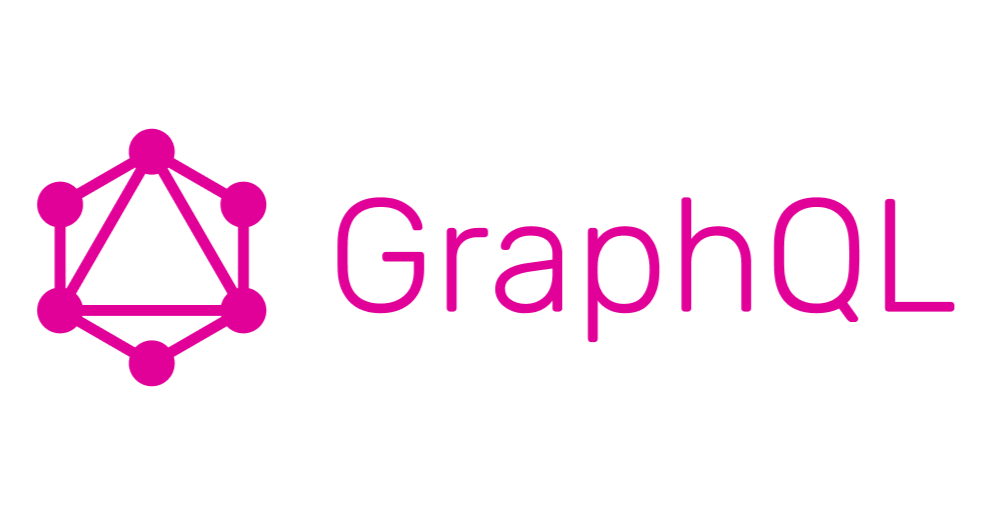Demystifying GraphQL: A Cosmic Adventure 🌌
 Sudhanshu Wani
Sudhanshu Wani
GraphQL, a query language for APIs, is revolutionizing the way we interact with data in modern web development. 🔄 With its unparalleled efficiency and flexibility, GraphQL has emerged as the preferred choice for building online applications, offering clients unprecedented control over data retrieval.
The GraphQL Universe: Schema, Types, and Fields
Schema: Blueprint of the Cosmos 📜
The schema serves as the cosmic blueprint, outlining the organization of your data universe. Within this schema lie the building blocks of GraphQL: types and fields.
Types: Fundamental Units of Data 🧱
Types represent distinct entities in your data universe, akin to planets, stars, or galaxies. For instance, a Planet type may include fields like name, radius, and population.
type Planet {
name: String!
radius: Float!
population: Int
}
Fields: Gateways to Data Access 🌐
Fields act as gateways, allowing access to data within GraphQL types. Each field corresponds to a specific attribute of a type, facilitating precise data retrieval.
Exploring the GraphQL Cosmos: Queries and Mutations
Queries: A Telescope into Knowledge 🔭
Queries serve as telescopes, enabling clients to retrieve data from the server. Similar to cosmic expeditions, queries allow clients to specify exactly which data they wish to retrieve.
query {
planet(name: "Earth") {
name
radius
population
}
}
Mutations: Shaping the Cosmic Landscape 🚀
Mutations act as warp drives, empowering clients to modify data on the server. Whether creating new planets or updating existing ones, mutations allow clients to shape the cosmic landscape according to their desires.
mutation {
createPlanet(name: "Mars", radius: 3390.0, population: 0) {
name
radius
population
}
}
Conclusion🌠
As we conclude our cosmic journey through GraphQL, remember that this is just the beginning of your adventure. 🌟 So, fellow explorer, buckle up and embark on your journey to unlock the mysteries of GraphQL! 🚀
Subscribe to my newsletter
Read articles from Sudhanshu Wani directly inside your inbox. Subscribe to the newsletter, and don't miss out.
Written by
